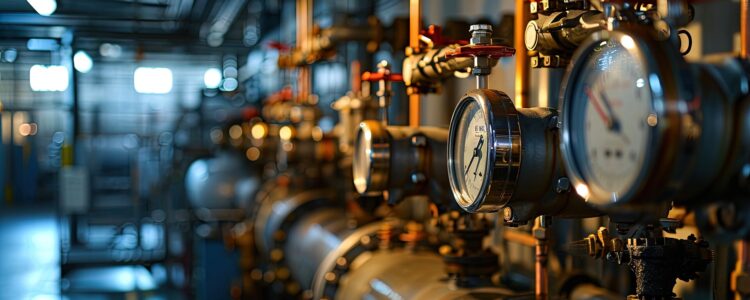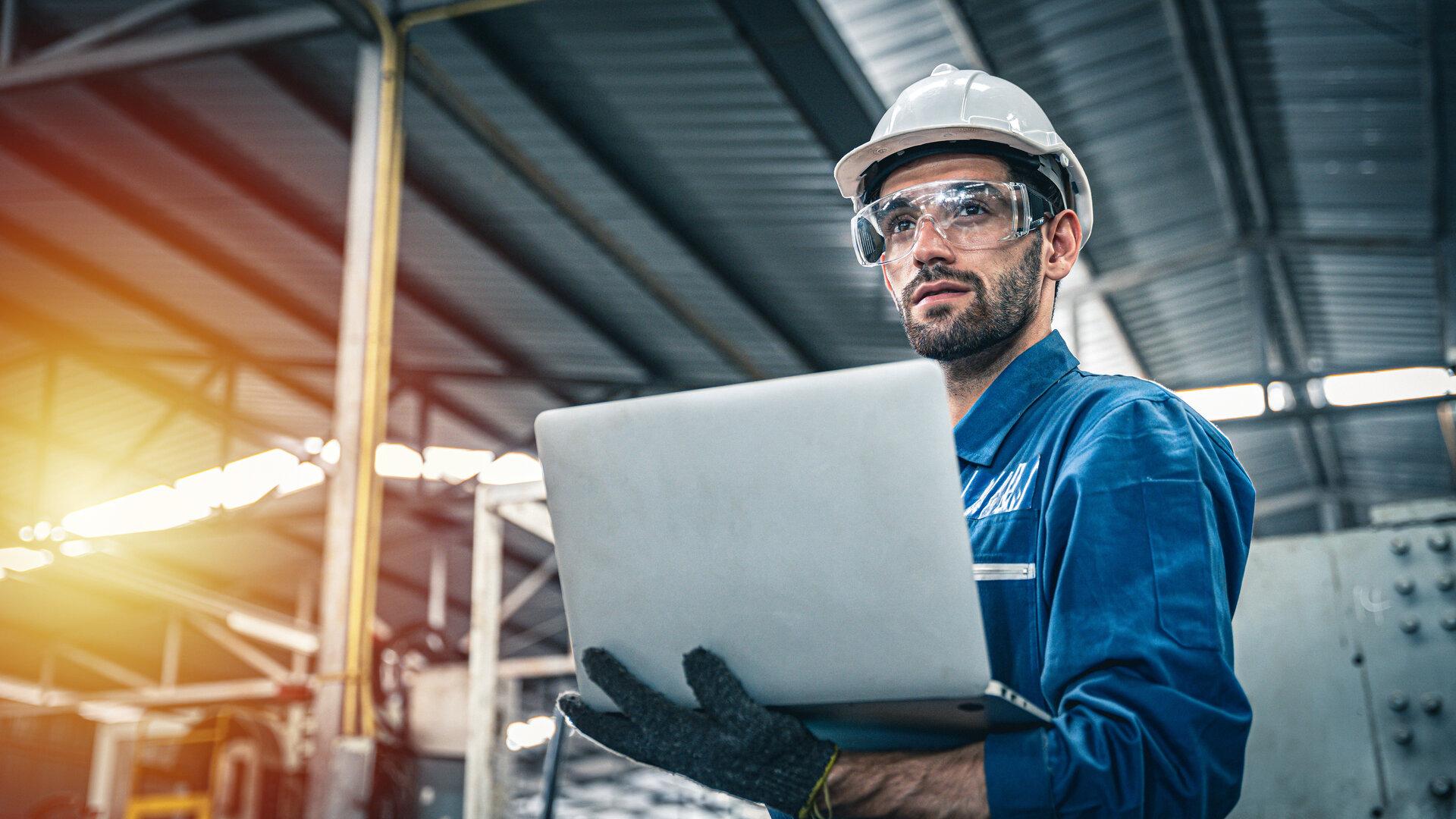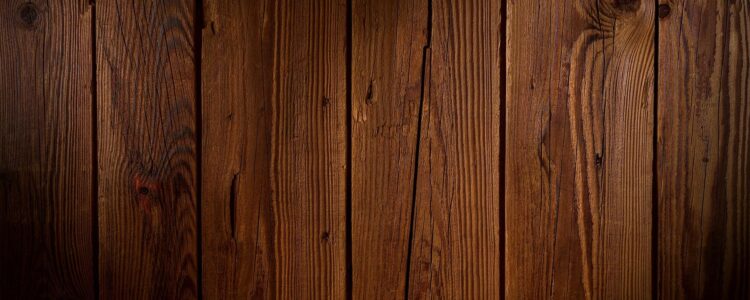Harnessing the Breeze: The Role of Sensors in Modern Technology
In the fast-paced world of technology, the measurement and analysis of air flow are paramount, especially in industries ranging from HVAC to aerospace. This blog dives into the world of air velocity sensors, unraveling their significance in our tech-driven society.
The Pivotal Role of Measuring Air Speed
At the heart of various technological applications, the ability to gauge the speed of air movement is crucial. From optimizing indoor air quality to ensuring the efficiency of wind turbines, the accuracy of these measurements can significantly impact performance and safety. But what makes a high-quality air velocity sensor stand out, and why is it so vital in today’s tech landscape?
The Mechanics Behind Air Velocity Sensors
An air velocity sensor operates by detecting changes in air flow, converting these physical phenomena into electrical signals that can be interpreted and acted upon. These devices come in various forms, each tailored to specific applications, ensuring precise and reliable data. Understanding the technical nuances of these sensors can shed light on their importance in various technological domains.
Ensuring Precision in Airflow Measurement
The crux of the matter lies in the precision of airflow measurement. High-quality air velocity sensors provide accurate, reliable data that is essential for the optimal operation of systems and machinery. For instance, in HVAC systems, precise air flow measurements can lead to significant energy savings and improved indoor air quality. In aerospace, accurate airflow data is crucial for the safety and efficiency of aircraft. The implications of these measurements ripple across numerous tech fields, underscoring the sensor’s value.
Applications and Impacts of Airflow Sensing
The applications of these sensors are vast and varied. In the industrial sector, they monitor and control processes to enhance efficiency and safety. In environmental monitoring, they provide valuable data for weather forecasting and climate research. The breadth of their application highlights their versatility and indispensability in the tech world.
The Future of Airflow Sensing Technology
As technology evolves, so too do the sensors that measure air velocity. Advances in materials science and electronics promise even more accurate, durable, and versatile sensors. This evolution will undoubtedly expand their applications and enhance their impact on technology and society.
The quality of measuring instruments dictates the precision of our insights – in the realm of technology, accuracy is everything.
The Bottom Line
Quality air velocity sensors are not just components; they are the bedrock of efficiency and safety in numerous technological applications. Their precision and reliability are non-negotiable, given their impact across various industries. As we continue to harness the power of technology, the role of these sensors will only grow, making their understanding and application more crucial than ever. In conclusion, while the term “air velocity sensor” may not dominate headlines, its significance in the realm of technology is undeniable. These sensors are pivotal in a myriad of applications, driving efficiency, safety, and innovation. As technology marches forward, the importance of these sensors remains steadfast, echoing their critical role in the fabric of modern technology.
Photo credit: HN Works & Pitchayaarch / stock.adobe.com
The Real Cost of Horseback Riding: Understanding the Expenses
Are you considering delving into the world of horseback riding? Before you saddle up, it’s essential to understand the financial commitment that comes with this exhilarating sport. From training to equipment, the costs can add up quickly. Let’s delve into the details to paint a clearer picture of what it truly means to be a rider.
Counting the Cost:
Embarking on the journey of horseback riding is undeniably thrilling, but it’s crucial to recognize that it comes with a significant financial investment. Beyond the initial allure of riding, there are numerous expenses to consider, ranging from lessons to boarding fees. Understanding these costs upfront can help you make informed decisions and prevent any unexpected financial burdens down the line.
Investing in Training:
One of the fundamental aspects of becoming a proficient rider is investing in proper training. Riding lessons are essential for both beginners and experienced riders alike, as they provide invaluable instruction on technique, safety, and horse care. However, quality instruction comes at a price. Be prepared to budget for regular lessons with qualified instructors to hone your skills and progress in your riding journey.
Navigating Horse Ownership:
Owning a horse is the dream of many equestrians, but it’s essential to approach this decision with caution and financial foresight. The initial purchase price of a horse is just the beginning; ongoing expenses such as boarding, veterinary care, and farrier services can quickly add up. Additionally, consider the costs of equipment such as saddles, bridles, and grooming supplies. Before taking the plunge into horse ownership, carefully evaluate your budget and consider all associated expenses.
Exploring Sales Options:
When it comes to purchasing a horse, there are various avenues to explore. One option is to search for “hunter jumper horses for sale” through online listings, equestrian publications, or local stables. However, it’s crucial to approach horse shopping with caution and enlist the guidance of knowledgeable professionals. Ensure that any prospective purchase undergoes a thorough vetting process to assess its health, temperament, and suitability for your riding goals. More at https://www.jw-horses.com/hunter-jumper-horses-for-sale.
Budgeting for Competition:
For riders interested in competing, the costs can escalate even further. Entry fees, transportation, accommodation, and grooming expenses are just a few of the considerations when budgeting for competitions. Additionally, riders often invest in specialized training and coaching to prepare for competitive events. While the thrill of competition can be immensely rewarding, it’s essential to budget carefully to avoid overspending.
Exploring Alternative Options:
For those concerned about the high costs associated with traditional horse ownership, there are alternative options to consider. Leasing a horse, participating in a lesson program, or joining a riding club can provide opportunities to enjoy horseback riding without the full financial commitment of ownership. These options allow riders to experience the joys of riding while maintaining greater flexibility and control over their expenses.
Conclusion:
Horseback riding offers unparalleled opportunities for adventure, growth, and connection with these magnificent animals. However, it’s essential to approach the sport with a clear understanding of the financial commitment involved. By carefully budgeting for training, equipment, and ongoing expenses, riders can enjoy the rewards of horseback riding while maintaining financial stability. Remember, the true value of riding extends far beyond the price tag—it’s a passion that enriches both mind and spirit.
picture: pexels
Related posts:
No related posts.
Charred Wood Cladding: The Art of Woodworking for Ultimate Resilience
The world of woodworking has seen remarkable advancements in recent years, and one of these captivating innovations is the technique of charred wood cladding. This blog post will not only elucidate what charred wood cladding is but also why it might be the ultimate solution for your next project. We’ll particularly delve into the resilience of this innovative process, enhancing your understanding of how it has become a vital component of modern woodwork.
The Fascinating Realm of Charred Wood Cladding
Woodworking is no longer confined to traditional methods. In recent years, new techniques have emerged to present wood in its finest form. Charred wood cladding, also known as Shou Sugi Ban or Yakisugi, is one such technique. In this process, wood is refined through controlled burning. Sounds paradoxical, doesn’t it? However, the results are astonishing.
Enhancing Resilience Through Charred Wood Cladding
Exceptional Durability:
The key to charred wood cladding’s popularity lies in its exceptional durability. By exposing the wood to flames and charring its surface, it becomes remarkably resilient. This charring process not only toughens the wood but also enhances its resistance to external elements, such as weather and pests.
Weather-Resistant Brilliance:
Charred wood cladding has an inherent ability to withstand the harshest of weather conditions. It’s water-resistant, fire-resistant, and UV-resistant. This makes it a top choice for exterior applications where weathering can be a significant concern. The charred layer acts as a protective shield, preventing moisture from penetrating the wood’s core and causing damage.
of deliberate charring. This seemingly paradoxical approach yields astonishing results, transforming ordinary wood into a resilient masterpiece that defies conventional expectations.
Unlocking Resilience through Charred Wood Cladding
Unparalleled Strength:
The allure of charred wood cladding lies in its unparalleled strength. Subjecting wood to controlled flames and charring its surface not only fortifies it but also endows it with a robustness that can withstand the tests of time. This charred exterior acts as a natural armor, enhancing the wood’s resistance against external adversaries, including harsh weather conditions and wood-boring pests.
Weatherproof Brilliance:
Charred wood cladding boasts innate weather resistance. It is impervious to water, fire, and the relentless onslaught of UV rays. This makes it a top choice for exterior applications, where exposure to the elements is a constant concern. The charred layer forms a protective barrier that repels moisture, safeguarding the wood’s core and ensuring its long-term durability.
A Pest-Resistant Solution:
Robustness extends beyond physical strength; it encompasses the ability to deter unwanted intruders. Termites and other wood-damaging pests pose a significant threat to wooden structures. Charred wood cladding serves as a natural pest deterrent due to its altered surface, making it unattractive and uninhabitable for these destructive invaders.
Incorporating charred wood cladding into your projects not only enhances their visual appeal but also ensures they stand the test of time. In the dynamic realm of modern woodworking, where aesthetics meet functionality, this innovative technique shines as a symbol of resilience and craftsmanship. In the next part of our exploration, we’ll delve into the artistic and sustainable aspects of charred wood cladding, shedding light on its eco-friendly credentials and its potential to elevate your woodworking endeavors to new heights.
Pest-Proof Solution:
Robustness is not just about withstanding the elements; it’s also about thwarting unwanted intruders. Termites and other wood-damaging pests pose a significant threat to wooden structures. Charred wood cladding acts as a natural pest deterrent due to its altered surface, making it unappetizing and inhospitable to these pests.
The Artistry of Sustainability:
Apart from its resilience, charred wood cladding boasts sustainability. By extending the lifespan of wood through charring, it reduces the need for frequent replacements, thereby conserving valuable timber resources. This eco-friendly aspect makes it an excellent choice for environmentally-conscious builders and homeowners.
Conclusion:
In the world of woodworking, where tradition meets innovation, charred wood cladding stands as a testament to the brilliance of human creativity. Its unique combination of aesthetics, durability, and sustainability makes it a sought-after choice for projects ranging from contemporary architectural designs to rustic home renovations. So, if you’re looking to elevate your woodworking game and enhance the robustness of your structures, consider embracing the art of charred wood cladding. It’s not just a finish; it’s a statement of resilience and craftsmanship in the modern age.
Picture credit:
pexels – Pixabay





